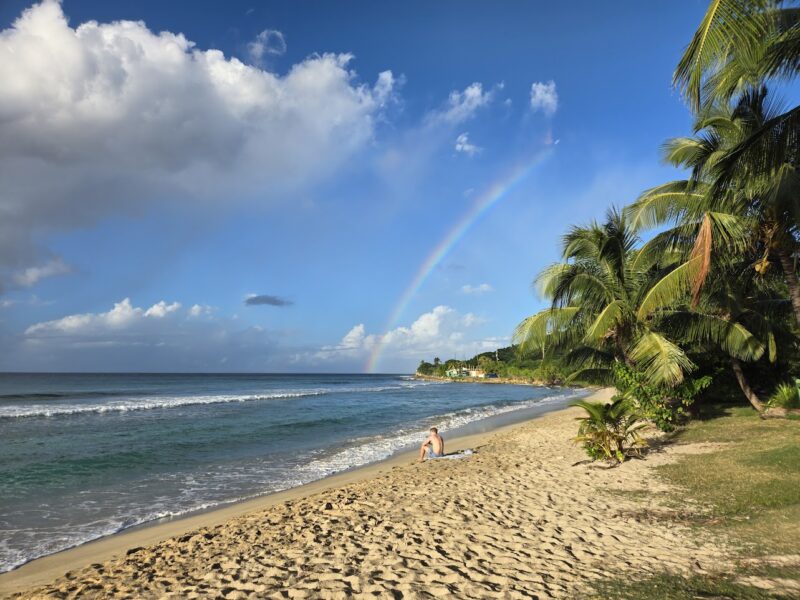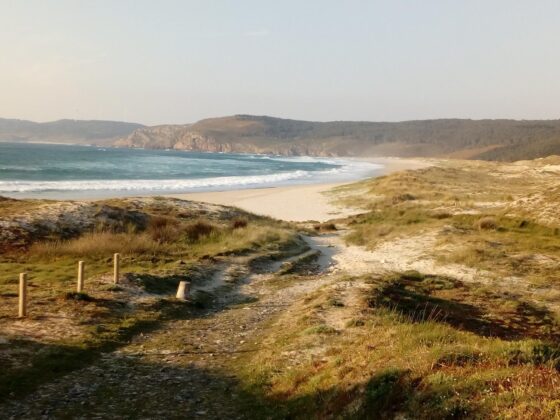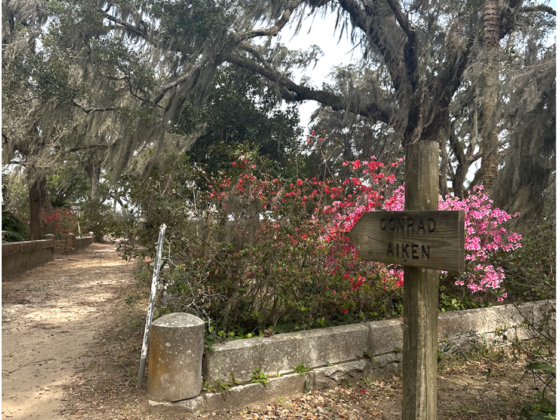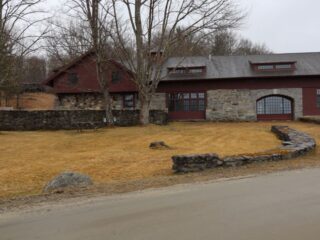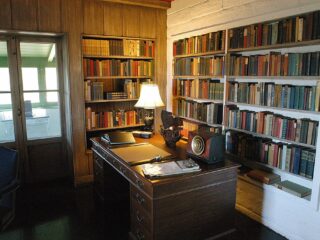By Sam Sarkar
Upon arriving at St. Croix’s airport, I was puzzled to see “Henry E. Rohlsen Airport” instead of “Alexander Hamilton Airport,” as my ticket indicated. A quick search revealed that in 1996, the legislature renamed the airport to honor Henry E. Rohlsen, a St. Croix native and Tuskegee Airman from World War II.

While I knew Alexander Hamilton had Caribbean roots, I hadn’t realized his deep connection to this island. Intrigued, I explored his early years here.
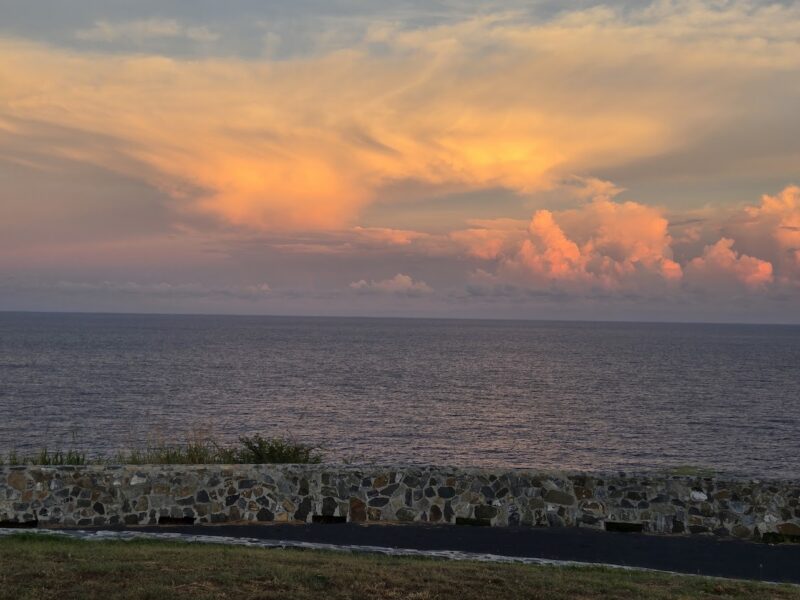
Hamilton’s Early Life on St. Croix
Born on January 11, 1755, in Nevis, Alexander Hamilton moved to St. Croix around 1765. At that time, St. Croix was a hub for sugar and cotton plantations, relying heavily on enslaved African labor. The island’s complex history saw it change hands among European powers before Denmark’s West India Company purchased it in 1733. The US purchased St. Croix along with St. Thomas and St. John (the 3 US Virgin Islands) for $25 million in 1917.
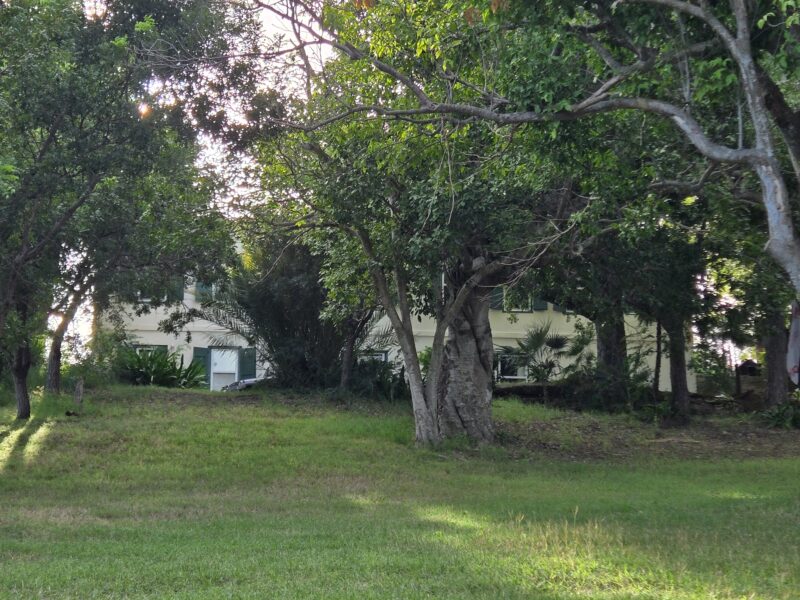
Rachel Lavien and Young Hamilton’s Struggles
Hamilton’s mother, Rachel Faucette Lavien, fled an abusive marriage in 1750 and was jailed for several months in St. Croix. She met and fell in love with Scottish trader James Hamilton, Alexander’s father. The family relocated to St. Croix in 1765, but James abandoned them in 1766. Rachel opened a small store on Company Street to support her sons. In 1768, both Rachel and Alexander contracted yellow fever; she succumbed to the illness, leaving Alexander orphaned at thirteen.

Separated from his brother, Alexander became a clerk at Beekman and Cruger, an import-export firm. His intelligence and diligence led him to manage the business during the owner’s absence. A published essay he wrote about a hurricane in 1772 impressed local benefactors, who funded his education in the American colonies.

Hamilton’s Legacy and St. Croix Today
In America, Hamilton became a key figure in shaping the nation, serving as George Washington’s aide, a delegate at the Constitutional Convention, co-author of The Federalist Papers, and the first Secretary of the Treasury.
Despite his ties to St. Croix, the island lacks official markers commemorating his presence. However, visitors can explore sites linked to his youth:
Christiansted Wharf: The bustling port where Hamilton arrived and later departed for America.
Fort Christiansvaern: Where Rachel, Hamilton’s mother was jailed for several months after fleeing her abusive husband.
Estate Grange: a privately owned estate, that was Rachel’s sister and brother-in-law’s estate and where her grave lies. The estate is open for events and visitors by appointment.
34 Company Street: The building that housed his mother’s store and their upstairs residence still exists, though it’s not open for visitors.
Beekman and Cruger Building at 7 King Street: Where Hamilton worked as a clerk, showcasing his early immersion in commerce, is well preserved.
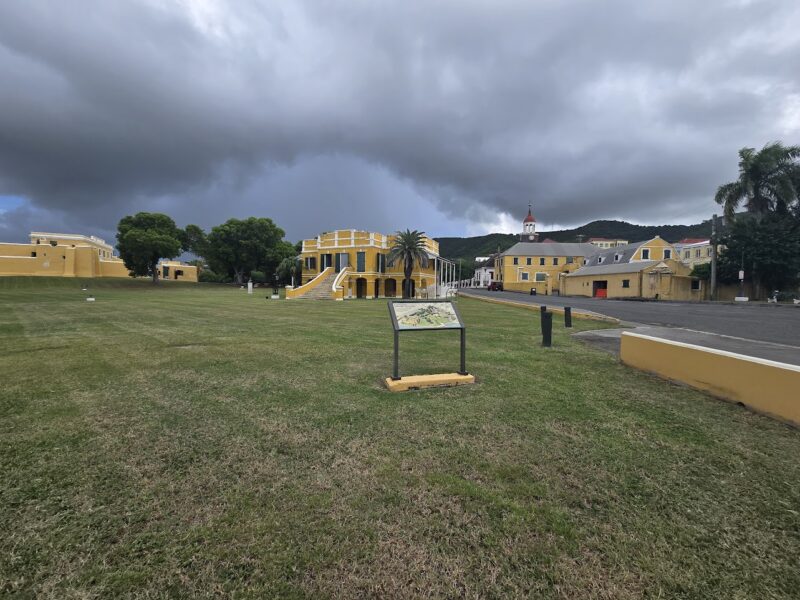
Though no landmarks bear his name on the island, and the airport has been renamed, Hamilton’s presence on St. Croix endures. While there are no museums or guided tours dedicated specifically to his early years, these sites offer a tangible connection to his formative experiences. Close your eyes, step back in time, and you can almost see him—an ambitious, determined boy walking these streets, overcoming unimaginable obstacles that would one day change the course of our nation’s history.
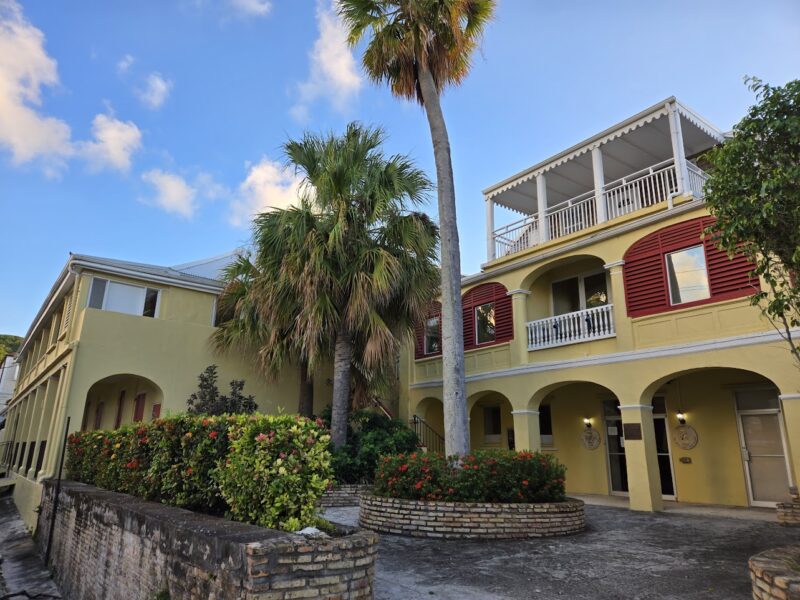
If You Decide to Go: St. Croix Today
The cooler months from November to February are ideal for visiting, though they attract more tourists. St. Croix is accessible via a three-hour flight from Miami or a short trip from St. Thomas. Christiansted hosts most of the island’s bars, restaurants, and shops, with several resorts along the northern coast. The best beaches are on the northern and western shores, offering activities like swimming, snorkeling, and scuba diving. Hiking in the rainforest and tours of the island’s two rum distilleries are also popular. Point Udall, at the eastern end, is the easternmost point in the U.S. Nearby Buck Island, accessible by boat, is a national monument and nature preserve, renowned for snorkeling in coral grottoes. Salt River Bay National Park, near the Columbus Landing site (Columbus landed here on his 2nd voyage in 1493), features a prehistoric archaeological site and is favored for night kayaking to observe the bioluminescent bay.
Hamilton’s enduring legacy on St. Croix is subtle yet profound. Walking the same streets he once did offers a unique perspective on the challenges he overcame, shaping the foundation of a nation.
Sam Sarkar’s travel essays have been published in numerous outlets, including The LA Times, Medical Economics, Physician’s Money Digest, GoNomad, GoWorldTravel, and more. He is a well-traveled writer and retired physician with a passion for exploring history through firsthand experiences.

